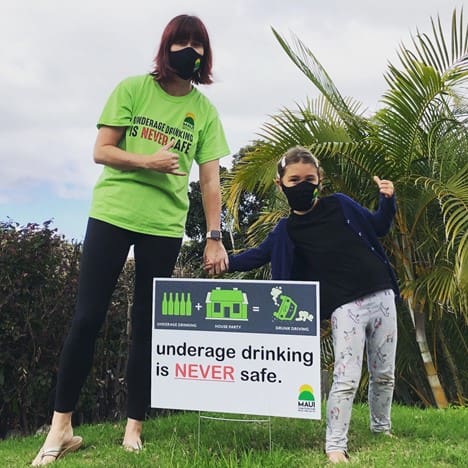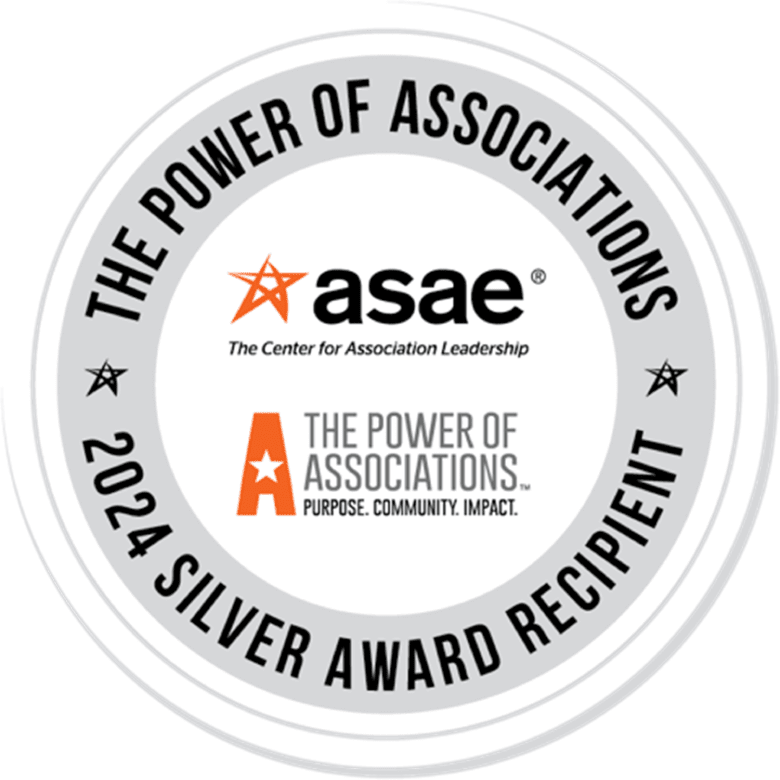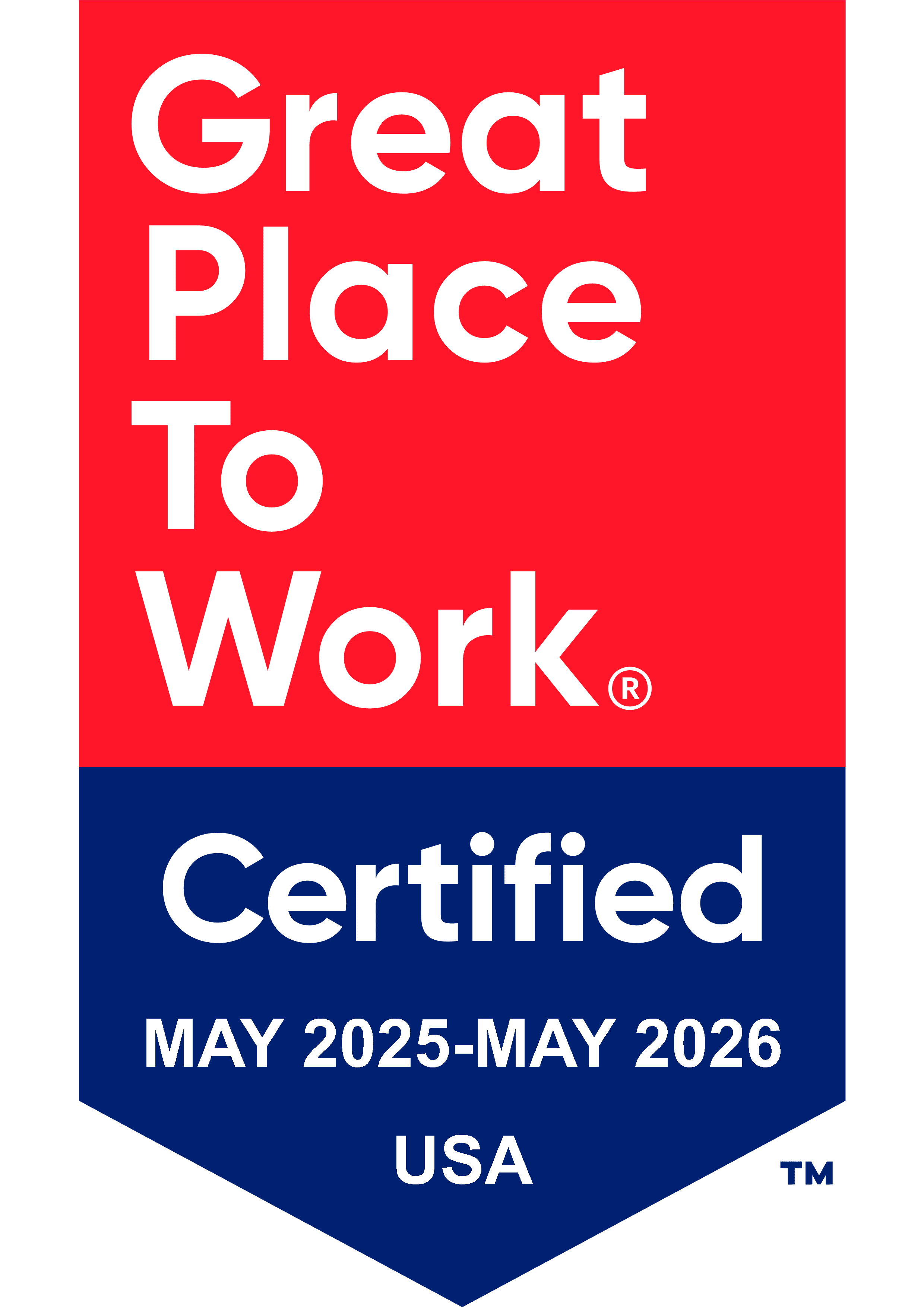 “In July of 2018, the Maui Coalition for Drug-Free Youth conducted a community assessment to identify local community conditions that were happening around underage drinking,” said Coalition Director, Rick Collins. “According to a study done by the Hawaii State Department of Education and the Hawaii State Department of Health, Chronic Disease Prevention and Health Promotion Division, in collaboration with the Centers for Disease Control and Prevention, Maui County youth consume more alcohol and binge drink at higher rates compared to other counties and in Hawaii, as a whole. In fact 56% of Maui youth reported ever drinking alcohol, compared to a statewide average of 50% and 31% of Maui youth reported currently drinking, compared to a statewide average of 25%. We did that for a number of months, almost for a year and a half. It was almost like finding pieces of a puzzle. For example, we looked for data on parent perspectives of parties, what underage drinking looks like, what the most common places where high risk behaviors were occurring, etc.”
“In July of 2018, the Maui Coalition for Drug-Free Youth conducted a community assessment to identify local community conditions that were happening around underage drinking,” said Coalition Director, Rick Collins. “According to a study done by the Hawaii State Department of Education and the Hawaii State Department of Health, Chronic Disease Prevention and Health Promotion Division, in collaboration with the Centers for Disease Control and Prevention, Maui County youth consume more alcohol and binge drink at higher rates compared to other counties and in Hawaii, as a whole. In fact 56% of Maui youth reported ever drinking alcohol, compared to a statewide average of 50% and 31% of Maui youth reported currently drinking, compared to a statewide average of 25%. We did that for a number of months, almost for a year and a half. It was almost like finding pieces of a puzzle. For example, we looked for data on parent perspectives of parties, what underage drinking looks like, what the most common places where high risk behaviors were occurring, etc.”
“Our research, in coordination with law enforcement efforts, and using surveys and listening sessions, showed that house parties and the home setting was where a lot of young people obtained their alcohol and were drinking,” said Community Coordinator, Andrea Snow. “According to the Hawaii State Department of Health Behavioral Risk Factor Surveillance System, 38% of Maui high school students usually obtained the alcohol they drank by someone giving it to them. An anonymous survey of 449 Maui County youth conducted in 2018-2019 revealed that many have suffered, or know a peer who suffered, major consequences from underage drinking at house parties, including fighting, arrest, driving under the influence, alcohol poisoning and sexual assault. Youth surveyed reported that drinking most often occurred in private residences. Of the youth who attend house parties, 73.7% report that underage binge drinking occurs.”
“We did a parent survey that included over 100 parents, asking them about their attitudes and perceptions towards house parties,” said Collins. “What was interesting was that while parents stated that they didn’t want someone telling them how to parent their kids, people have this general value of ‘well if I want to allow my kid to drink I want to parent them the way I want to, and not have some other parent having control of it’, so hosting house parties in their eyes were the reasonable and appropriate thing to do. It was from this data and discussions with parents and community members that we decided on the need for a social host ordinance.”
A social host ordinance is a local law that prevents underage drinking and related consequences by holding the host of a gathering accountable for illegal underage drinking occurring at their homes or on their property. Similar to how a speeding ticket deters people from driving irresponsibly fast, a social host ordinance deters people from allowing or ignoring underage drinking.
“Social and economic justice is vital to our community,” said Snow, “therefore the Maui County social host ordinance was written as a civil ordinance with low, tiered fines and a free appeals process. Prevention science best-practice also recommends civil ordinances over criminal ordinances because they are more likely to be enforced.”
“For Maui County, a local social host ordinance would not only improve the public health and safety of the entire community but would especially improve the lives of our youth. There would be less underage drinking at house parties, which would equate to fewer incidents of teen sexual assaults, fights, drunk driving, alcohol-related ER visits, and arrests. It would ultimately save the lives of our young people.”
“So, from then,” said Collins, “what we did was we developed 10 Policy Action Steps on how we can organize our coalition internally to be best prepared for success. This was our first time doing something of this scale, in terms of introducing a policy. We had been reactive in the past to existing policies, but never actually created one ourselves. We used the 10 Policy Action Steps to organize our coalition and use them almost as work committees. They would meet, create an action policy statement, disband and then we would move onto the next step. This was a way to show us our progress. Passing policy usually takes years, but by implementing these stages, we were able to track how things were moving along.”
“One thing that we want to highlight is that we used a diverse set of data when identifying the need for social host ordinances,” said Snow. The Youth Risk Behavior Survey (YRBS) showed us that the majority of youth that drink obtained their alcohol from social sources. That was a big finding because there have been a lot of efforts, like sticker-shock campaigns, that focused on the retail environment, but the rate of underage drinking had not gone down in a long time, even with these efforts. So we took a look at other risk factors, and youth obtaining their alcohol from social sources really reinforced our efforts and commitment and led us to creating our local surveys and focus groups.”
“Our work on this policy started well before the COVID-19 pandemic halted and affected the nation’s daily activities. We are currently doing another community assessment this summer to see how things have changed. When the pandemic started, everything was halted, but communities were also told to create their own personal bubbles of people who they were in constant contact with. This was especially applicable to families with children. There were few families who could completely isolate, thus house parties and gatherings were still occurring. Also, even though COVID definitely changed things, people saw the light at the end of the tunnel. They knew things would come back to normal eventually, especially in Hawaii. Gatherings are a norm and what you do all the time. That sense of community and coming together is a vital part of the culture here, so we knew house parties were going to be an issue post-COVID.”
“I think the main message to coalitions looking to introduce policy in their communities is ‘don’t take no for an answer,’” said Collins. “There are going to be a lot of hurdles along the way. The first thing we did was learn the subject matter we were aiming to get passed and then also research the best practices for getting buy-in on it. We ran into a lot of ‘no’ along the way, and as coalitions members we are usually overly nice and tend to take a no as the final answer. We were not going to be deterred by this because we knew the community needed it and it was going to save lives. You must be persistent because the end goal is going to make the community better. Knowing that our communities will eventually return to some version of normal, it was critical to have this policy in place because it’s a great preventative step.”
“We used the data we had in hand to build community support,” said Snow. “One of the big lessons learned from our side was how long it takes to gather the data and have all the community conversations necessary to build support and buy-in to pass a policy that was the first of its kind in the state of Hawaii. Engaging the different community sectors was critical to getting this passed. The culture, history and values of the Maui community were a critical factor because the idea of family is so sacred and you don’t tell people how to parent, so in order to overcome that barrier we had to have these really extensive conversations and build these relationships that folks needed to trust us before they would even listen. The speed of trust was absolutely key, and we had to build many new relationships because there were parts of this ordinance that people just did not think would work. The relationship building was key. The lifespan of this entire initiative, from gathering data to passage was around 30-32 months. Our next and final stage will be the evaluation piece, where we will be able to see how effective and impactful this policy was.”
“Sometimes when coalitions have a good idea,” said Collins, “they tend to lead with the solution before they raise awareness of the problem and don’t spend the time to become the local experts in the community about it. While we were collecting the data in our community we were also becoming educated on the issue and what was needed to have this policy adopted. Knowing the policy before ever going public is key, so we didn’t present this idea until we knew everything that came with it.”
“Being able to convey the idea that we are all on the same team was critical in our work and success in getting this passed,” said Snow. “We’re not saying policy over education, we need both in order to make a big difference. Another thing as well was that we had a lot of capacity at our fingertips. Coming together as a coalition brought forth a lot of momentum as we looked to bring this to the community. That helped us that even as we encountered things that were unexpected, our diverse skillset and team really allowed us to succeed. We are really excited at the opportunity to share our story and are looking forward to the impact it makes in addressing alcohol misuse by youth in Maui.”

